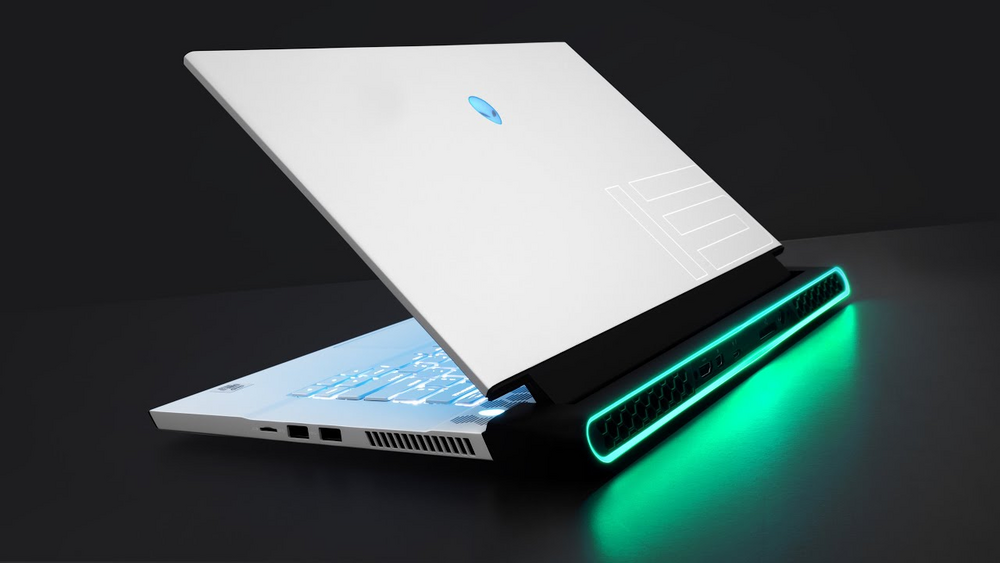An Intel Wafer Fab Cleanroom Circa 1980
This video shows what it was like to work in a state-of-art fab during the late seventies to early eighties. It was taken inside an Intel four-inch wafer processing facility that was probably making critical dimension of 3 to 4 microns (a micron is 1000 nanometers). Almost everything was manual in those days. In the first scene of this video, an operator carefully removes a quartz 'boat' of wafers from a diffusion furnace and then loads in a second boat. In scene 1B, you can see an operator cleaning wafers in a bath. You can clearly see why these cleaning benches were called 'Dip-and-Dunk' tools. Then she pulls each one out by hand, drying it with a towel. The thick gloves and glasses were used to protect the operator from the solvents and acids used to clean the wafer. Companies relied heavily on training to prevent injuries in those days, as the idiot proofing that comes with automation was seldom available. Some of the most dangerous chemicals known to man were used. Yet semiconductor plants were among the safest factories to work in then. Scene 1D shows an operator taking a cassette of wafers out of a Dip-and-Dunk sink and putting them into a spin dryer. 1E shows the operator moving wafers with a vacuum wand. 1F shows how quartz boats had to be carefully pushed into a furnace to accommodate the ramp from room temperature to over 1000 degrees centigrade.
Scene 2 shows an inspection station. In those days it was done manually. Then come more scenes of dip-and-dunk areas. By scene 4, we move to the metallization area, where wafers are loaded on a planetary carrier. They were for the evaporation of aluminum onto the wafer to interconnect the transistors. That's what makes a bunch of transistors an integrated circuit. 4C, though dark, shows the bell jar of the vacuum evaporator being raised so these carriers can be put in.




















